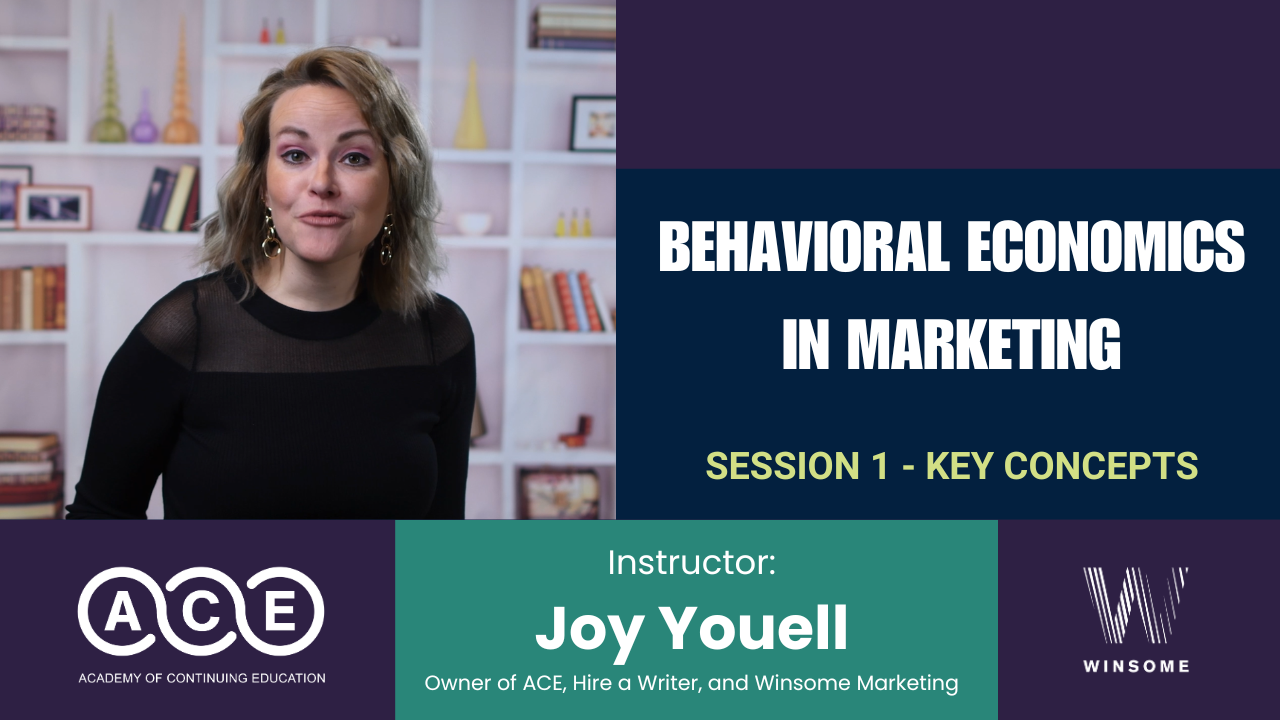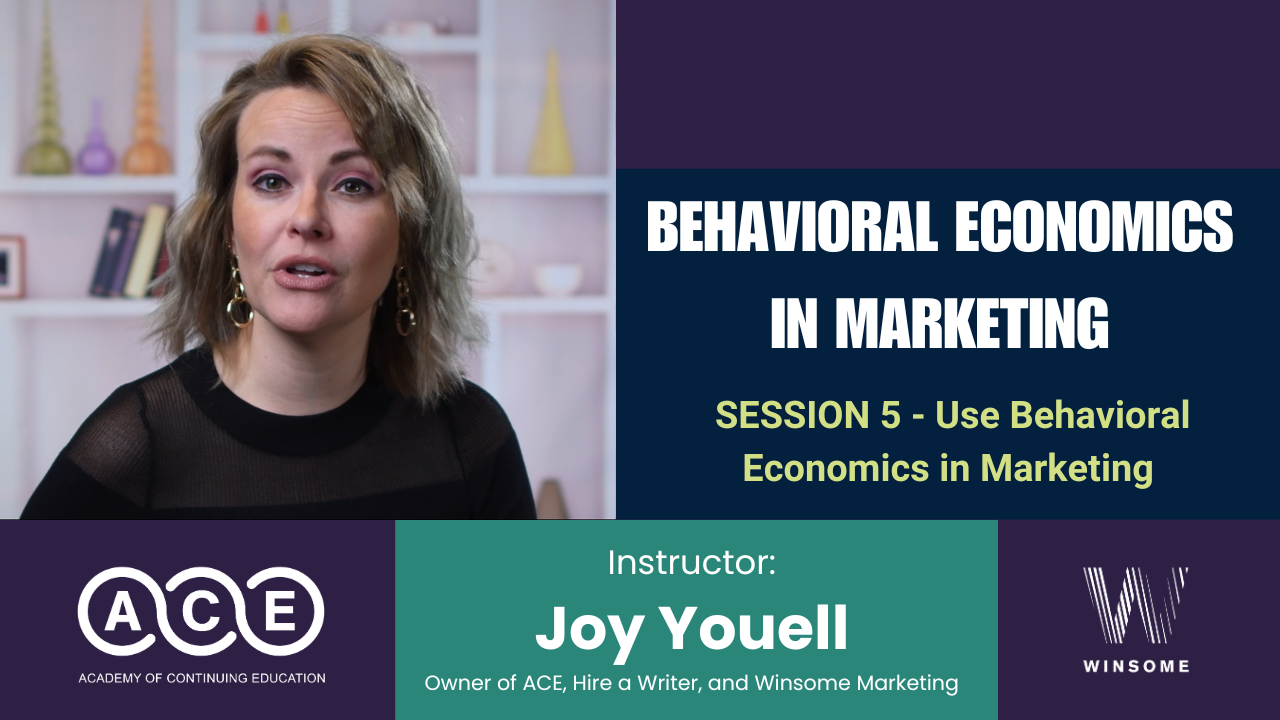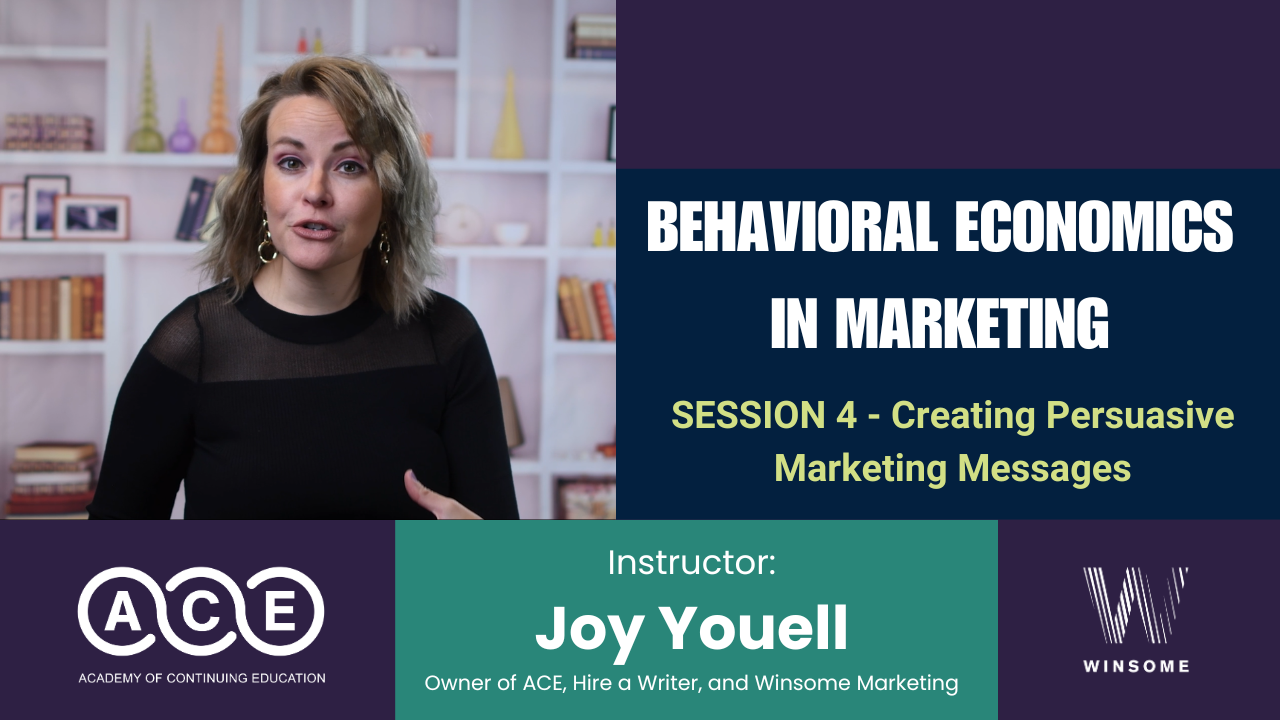Behavioral Economics: The Science Behind Effective Marketing
Traditional marketing approaches often assume consumers make purely rational, self-interested choices—but the reality is far more complex. Enter...

Have you ever wondered why consumers choose one product over another when both seem virtually identical? Or why your perfectly logical marketing campaign failed to convert while a competitor's emotional appeal soared? The answers lie in understanding the complex psychology behind consumer decision-making—a process far more nuanced than traditional marketing models suggest.
For decades, marketers have relied on a linear consumer decision-making model that follows a predictable path:
While this framework provides a useful structure, recent behavioral science research reveals that the actual decision-making process is far messier, more emotional, and less rational than we once believed. Understanding these complexities can transform your marketing approach.
At the heart of modern consumer psychology is the concept of dual processing systems, popularized by behavioral economists:
System 1 thinking operates below conscious awareness. It's:
System 2 thinking is what we traditionally associate with "rational" decision-making. It's:
The revolutionary insight from behavioral economics is that System 1 dominates far more of our decision-making than we care to admit—even for significant purchases and investments. This explains why consumers often make choices that seem irrational when viewed through a purely economic lens.
Research has uncovered a fascinating phenomenon in consumer psychology: for complex or high-stakes decisions, people often rely more heavily on emotional shortcuts rather than detailed analysis. This "affective heuristic" means we frequently base our choices on how we feel about options rather than objectively evaluating their features.
The somatic marker hypothesis suggests that our bodies actually send physical signals—like a queasy feeling when considering a risky option or excitement when viewing an appealing product—that guide our decision-making. These emotional reactions happen instantaneously, often before our analytical mind can process the information.
Whether in B2C or B2B contexts, social factors powerfully shape consumer decisions in ways traditional marketing models often underestimate:
These social dynamics explain why testimonials, user reviews, influencer endorsements, and "most popular" labels can drive purchasing decisions more effectively than detailed feature comparisons or logical arguments.
Understanding these psychological principles allows marketers to design more effective strategies at each decision stage:
Traditional Approach: Simply inform consumers about product features or services
Behavioral Approach:
Example: Instead of listing security features, home security companies show families peacefully sleeping while their system stands guard—triggering the emotional need for safety and peace of mind.
Traditional Approach: Provide comprehensive information about all features
Behavioral Approach:
Example: Apple doesn't overwhelm consumers with technical specifications. They curate information around key benefits and emotionally resonant features, making the decision process feel simpler.
Traditional Approach: Highlight competitive advantages and superior features
Behavioral Approach:
Example: Software companies often show feature comparison charts where their product has all checkmarks while competitors have noticeable gaps—playing on our aversion to loss and incompleteness.
Traditional Approach: Focus on closing the sale with incentives
Behavioral Approach:
Example: Netflix's "continue watching" feature acts as a powerful default option, reducing friction and leveraging our cognitive tendency to follow the path of least resistance.
Traditional Approach: Follow up with satisfaction surveys
Behavioral Approach:
Example: Apple's distinctive packaging creates an unboxing experience that reinforces the premium nature of the purchase, reducing potential buyer's remorse.
Let's look at how successful companies apply these behavioral principles:
Apple masterfully engages both System 1 and System 2 thinking:
Netflix's interface design demonstrates sophisticated understanding of decision psychology:
With great power comes great responsibility. As marketers gain deeper insights into consumer psychology, ethical questions arise:
The most sustainable approach is to use these insights to create genuine value—helping consumers make decisions they'll ultimately be satisfied with, rather than exploiting psychological vulnerabilities for short-term gain.
Marketers need to:
The most successful marketing strategies will continue to evolve based on deeper understandings of consumer psychology. By recognizing that decisions are driven by a complex interplay of emotional responses, cognitive shortcuts, and social dynamics—rather than purely rational calculation—marketers can create more effective, resonant campaigns.
The brands that master these psychological principles won't just sell more products—they'll create more meaningful connections with consumers by addressing both their stated needs and their underlying psychological motivations.
Want to master the psychology of consumer decision-making and transform your marketing approach? Join ACE from Winsome today for exclusive access to cutting-edge insights, practical frameworks, and expert guidance on applying behavioral science to your marketing strategy. Our community of forward-thinking marketers is revolutionizing how brands connect with consumers through deeper psychological understanding. Sign up now and start creating marketing that resonates at both conscious and subconscious levels!

Traditional marketing approaches often assume consumers make purely rational, self-interested choices—but the reality is far more complex. Enter...

While understanding the theoretical foundations of behavioral economics is valuable, the true power of these insights emerges when we examine how...

In today's hyper-competitive marketplace, simply having a great product or service isn't enough. The most successful brands understand something...